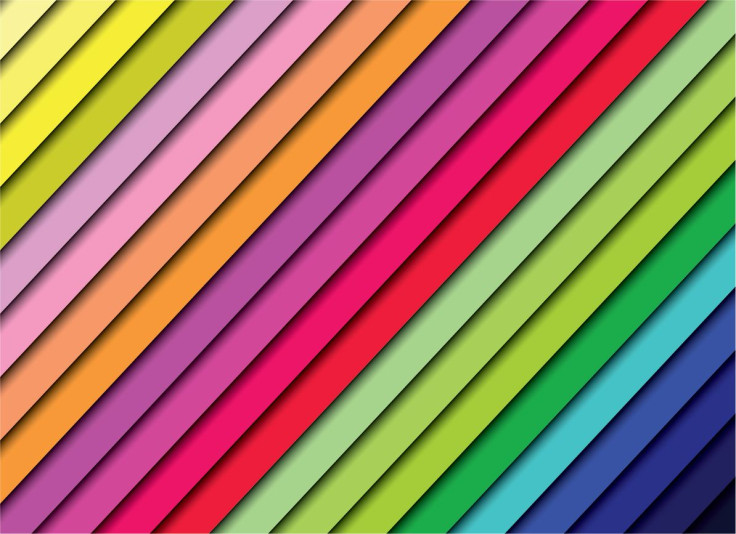Memory Of Color Shades: Why The Human Brain Struggles To Remember Color

In a bizarre but nonetheless interesting scientific paper, researchers from Johns Hopkins University have discovered that humans are unable to remember colors very far beyond the basic primary color wheel. The science lies in the fact that despite our ability to perceive denim, navy, and cobalt, our brain still stores all these memories into the same category: blue.
In the study, now published in the Journal of Experimental Psychology: General, the researchers demonstrated the fascinating “color bias” property of human memory. To prove this, the researchers asked volunteers to look at a color wheel made up of 180 different hues and to pick out the “best” examples of blue, pink, green, purple, orange, and yellow. They then had a different group of volunteers perform a simple memory test where they were shown a colored square for a tenth of a second and then asked to find the same shade on the 180-hue color wheel.
Results revealed that the second group of volunteers were unable to match the color they were briefly shown with its duplicate on the color wheel. However, rather than arbitrarily choosing a match, the volunteers' choices tended to mirror the “best” color examples chosen by the first group. This shared color bias suggests that we all have the same neurological process for color recollection.
"We have very precise perception of color in the brain, but when we have to pick that color out in the world," Jonathan Flombaum, a cognitive psychologist who led the study, explained in a press release, "there’s a voice that says, 'It’s blue,' and that affects what we end up thinking we saw."
This would explain why homeowners often have difficulty matching the color of their living room walls with a color square at the Home Depot.
“Trying to pick out a color for touch-ups, I’d end up making a mistake,” Flombaum said. “This is because I’d mis-remember my wall as more prototypically blue. It could be a green as far as Sherwin-Williams is concerned, but I remember it as blue.”
Although this finding is interesting on its own, according to Flombaum, it has implications for understanding how our visual memory works. It’s not just color that we tend to remember a simplified version of. We remember everything from our favorite childhood toy to our human faces in a more prototypical standard form. The team believes that the reason for this is not because our memory storage capacity is restricted, but rather that the language we use to describe the world around us is limited. This would mean although we can see that carnation and coral are two different shades, our brain still only poses one limited lingual classification group for the two.
“We can differentiate millions of colors, but to store this information, our brain has a trick,” Flombaum said. “We tag the color with a coarse label. That then makes our memories more biased, but still pretty useful.”
Source: Flombaum JI, Bae G, Olkkonen M, Allred SR. Why Some Colors Appear More Memorable Than Others: A Model Combining Categories and Particulars in Color Working Memory. Journal of Experimental Psychology. 2015.



























